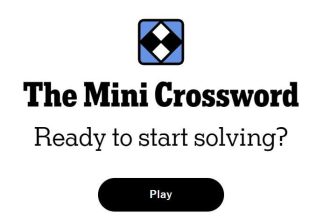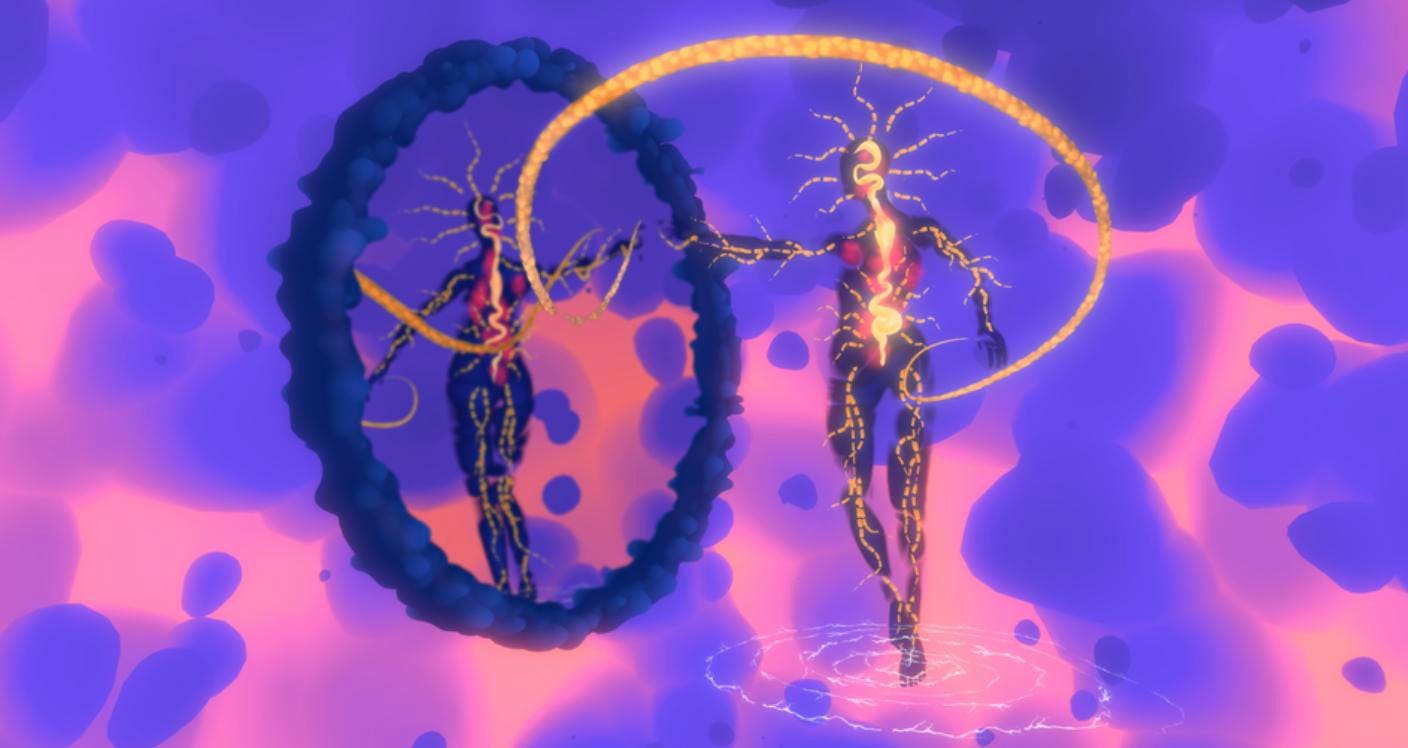Here’s the “soul” reason why Hatsumi has developed interactive extended reality technology that allows you to “paint” on yourself. It can help you better understand what emotions you are having and where in your body you are feeling them. Oh, and it can also help other people better understand these things about you and you better understand such these things about other people.
The technology is called Soul Paint. And in this case, you don’t paint on your actual body with actual paint. That could get a bit messy. Instead, you don an XR headset and use an XR version of your body, an XR paint brush and pallet to do the painting. Different colors can portray different emotions or feelings. The result is a very colorful version of yourself that can help you better picture yourself. And picture this, if you want others to better understand you and your experiences, you can choose to share your images. Soul Paint also allows you to record a narrative describing this image. Consider it a distinctly different domain of biofeedback in a 3D type of way.
Soul Paint demonstrations have already won the Special Jury Prize at this years SXSW XR Competition and the Best in Health and Wellness award at the Games for Change festival in June. It will make an appearance in the upcoming London Film Festival in mid-October as part of a special exhibition on XR, health and storytelling and a special showing at the United Nations with Games for Change in late October.
If you try Soul Paint you may recognize the voice of the narrator of the experience: actress Rosario Dawson, who’s been in range of films like Men In Black II, Rent and Seven Pounds and starred in the HBO mini series DMZ as the character Alma. For example, you can hear Dawson’s voice in following trailer for Soul Paint:
In the trailer, Dawson said, “Everyone has a hidden story, this is a chance to explore yours.”
To better understand what Soul Pain does and where it came from, it helps to hear the story of Sarah Ticho, the founder and director of Hatsumi and the soul behind Soul Paint. “Often we don’t have words to describe how we feel,” said Ticho. “It’s the interaction of immersive story telling and healthcare and research.” She added, “Such body mapping can show the connections between emotions and sensations, serve as interactive story-telling and be a fascinating way of starting conversations.” The technology also includes an archive of body mapping images that people have voluntarily shared so that you can see what others have done and said about what they’ve done. “There is therapeutic value in seeing yourself in the context of others,” Ticho explained.
If you view Soul Paint as sitting at the intersection of anthropology, psychology, other types of healthcare, education and art, that’s not a surprise. That kind of mirrors Ticho’s background. Ticho is the opposite of someone who does only one thing and more of a Renaissance person, who has done and continues do a wide variety of things. In fact, in her spare time, she is training to be an End of Life Doula.
Ticho described how she started off in anthropology and had to deal with her own experience of grief and challenges with mental health. Her path has included working in the U.K. National Health Services and volunteering in an art gallery. “When I saw an exhibition about grief, I got interested in immersive art,” she recalled.
Along the way she lived in Australia for a while and worked on projects applied to mental health such as using breath control for anxiety regulation. After she discovered virtual reality, she became interested in having VR be the basis of a PhD. But life decided to paint a different path for her—which led her to found Hatsumi and lead the development of Soul Paint.
Ticho was quick, though, to emphasize that she hasn’t been the sole force behind Soul Paint. She credited a team of artists, researchers and healthcare collaborators that helped this XR technology become the reality that it is today. They’ve made efforts to ground the processes and experience used in Soul Paint in science. In fact, Ticho explained how it is an XR extension of methods that have already been used for years.
“Soul Paint was inspired by body mapping,” Ticho recalled. “It seemed straightforward to do it in an interactive environment, taking the idea of body mapping and turning it into a narrative and making connections between different senses.” She added, “So much feeling is animated as well. For example, someone may feel their elbow is fizzing.”
What wasn’t straightforward and seemed to fizzle at the start was getting everyone to buy into the idea. “Investors were laughing at me,” she recalled. “They didn’t buy the idea that hospitals would buy a VR headset.” But over time more and more people began to realize the potential of XR for such healthcare applications. She found partners like Monobanda, a studio that has been creating various interactive healthcare experiences such as Spiegelstem and helped co-produce Soul Paint. Interest in XR in healthcare has since grown to the point that Ticho eventually led the development of and co-authored a report for the UK governement entitled, “The Growing Value of XR in Healthcare in the United Kingdom.”
What’s happened over the past few decades has resulted in an extra need for new approaches like XR in healthcare. Many communities and countries are in the grips of the growing loneliness epidemic and a range of different mental health crises. It certainly doesn’t help that various political leaders keep trying to tell people what and what not to believe and sow more and more division between different people—such as pushing racism, sexism and a whole host of other -isms. Then there are the continuing increases in non-communicable diseases and the emergence of new chronic conditions like long Covid that leave many people struggling to understand and communicate what’s happening to their bodies and minds.
Therefore, one can see the value of XR technology like Soul Paint that presents a new way of looking at yourself and other people—both literally and figuratively. With so many distractions in society right now painting all kinds of artificial images over everyone, hiding who people truly are, it can be easy to lose oneself and sight of who everyone else is to a point that we forget that as humans we are in many ways more similar than different. While superficial characteristics like appearance may drive people apart, what’s in people’s souls may be what connects people. And that could end up painting a very different and much more harmonious picture for society.
Read the full article here





